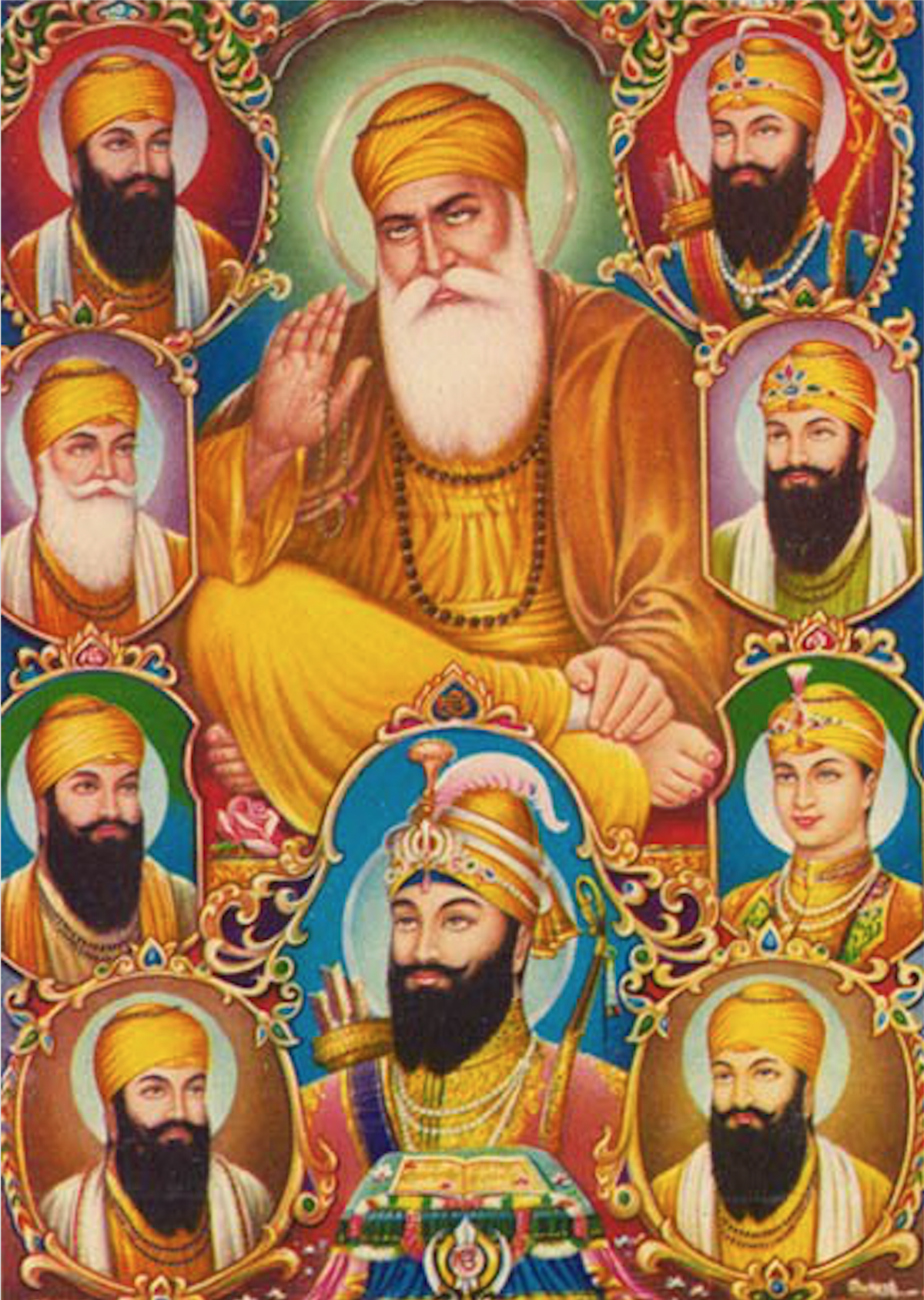
This college is the first effort to combine traditional Sikh education and Western education.Ī protest gathering, including a large number of Sikhs, takes place in the walled court of Jallianwala Bagh in Amritsar.

He and his followers, the Namdharis, also fight vigorously against British control of India.ġ892 CE Khalsa College founded in Amritsar Ram Singh is a social reformer who seeks to eliminate non-Sikh practices such as purdah, child marriage, and dowry from the Sikh community. Ranjit Singh, a young and brilliant leader, gains power in Lahore and consolidates the twelve Sikh confederacies into one Sikh kingdom in the Punjab.Īfter several wars (collectively known as the Anglo-Sikh Wars) and inter-Sikh rivalries, the Sikhs lose control of the Sikh kingdom and the Punjab is annexed to British India.ġ783-1854 CE Baba Dayal and the Nirankarisīaba Dayal (1783 – 1854) creates a movement to restore the orthodoxy of the early Sikh community by not only relishing the words the Guru’s hymns, but heeding to their true meaning.ġ816-1884 CE Baba Ram Singh and the Namdharis He decides that Sikhs would no longer have an individual Guru. Before passing away, he gives the authority of the Sikhs to Guru Granth Sahib (the Sikh scripture) and the Guru Khalsa Panth (the collectivity of the Sikh community). Guru Gobind Singh is attacked by assailants in 1708. All Sikhs are expected to join the Khalsa by a special initiation and to wear five symbols that identify them as Sikhs: a sword, a specific kind of undergarment, a hair-comb, a steel bracelet, and uncut hair.ġ708 CE Guruship Passes to the Guru Granth Sahib and the Khalsa Panth Guru Gobind Singh creates the Khalsa, bestowing a distinct identity to the Sikhs. Gobind Singh becomes the tenth Guru at the age of nine and reigns for thirty-three years, during which he focuses on communication. Tegh Bahadur becomes the ninth guru in 1664, but is beheaded by Emperor Aurangzeb in 1675. Ram Rai then becomes a power pawn of Aurangzeb (who is now Mughal Emperor) in his challenges to the Sikhs. Guru Har Rai decides to pass the Guruship over his eldest son, Ram Rai, because he misinterpreted the meaning of one of Guru Nanek’s hymns. The seventh Guru, Har Rai is known for his support of the liberal Mughal Prince Dara Shikoh against his brother Aurangzeb. The Sikhs establish their own royal court, similar to the Mughal court of the time, with the Guru as the royal and spiritual head. The temporal role of the Guru is symbolized by the seat called “The Throne of the Almighty” where decisions are made. Guru Arjan compiles the first version of what would be named the Guru Granth Sahib, the Sikh scripture, and places it in the Darbar Sahib.ĭuring the reign of Guru Hargobind, the “two-sword” theory of Sikh leadership is developed: one sword for religious authority and one for temporal authority.ġ606 CE Akal Takhat: The Throne of the Almighty The fifth Guru, Guru Arjan, completes the Darbar Sahib, the great gurdwara at Amritsar, which becomes known as the Golden Temple because of its gilded dome.

At the city’s center is the Lake of Nectar, a holy site and meeting place for the Sikhs.ġ581 CE Guru Arjan Builds the Darbar Sahib The fourth Guru, Guru Ram Das, establishes the town of Ramdaspur (now known as Amritsar) in the Punjab.

Amar Das established twenty-two manjis, “dioceses,” each under the supervision of designated spiritual leaders, some of whom were women.

It is said that the Emperor Akbar came to visit him and was asked to sit and eat langar with others, high and low, before he met with the Guru. The third Sikh Guru was a strong social organizer and social reformer. Guru selects as his successor not one of his own sons but a devout disciple whom he names Angad, “My Limb.” After a Divine revelation he leaves his home accompanied by Mardana, a Muslim musician, to spread his message. Guru Nanak, the first Guru (prophet-teacher) of what would become the Sikh tradition, is born in the village of Talwandi in what today is Pakistan.


 0 kommentar(er)
0 kommentar(er)
